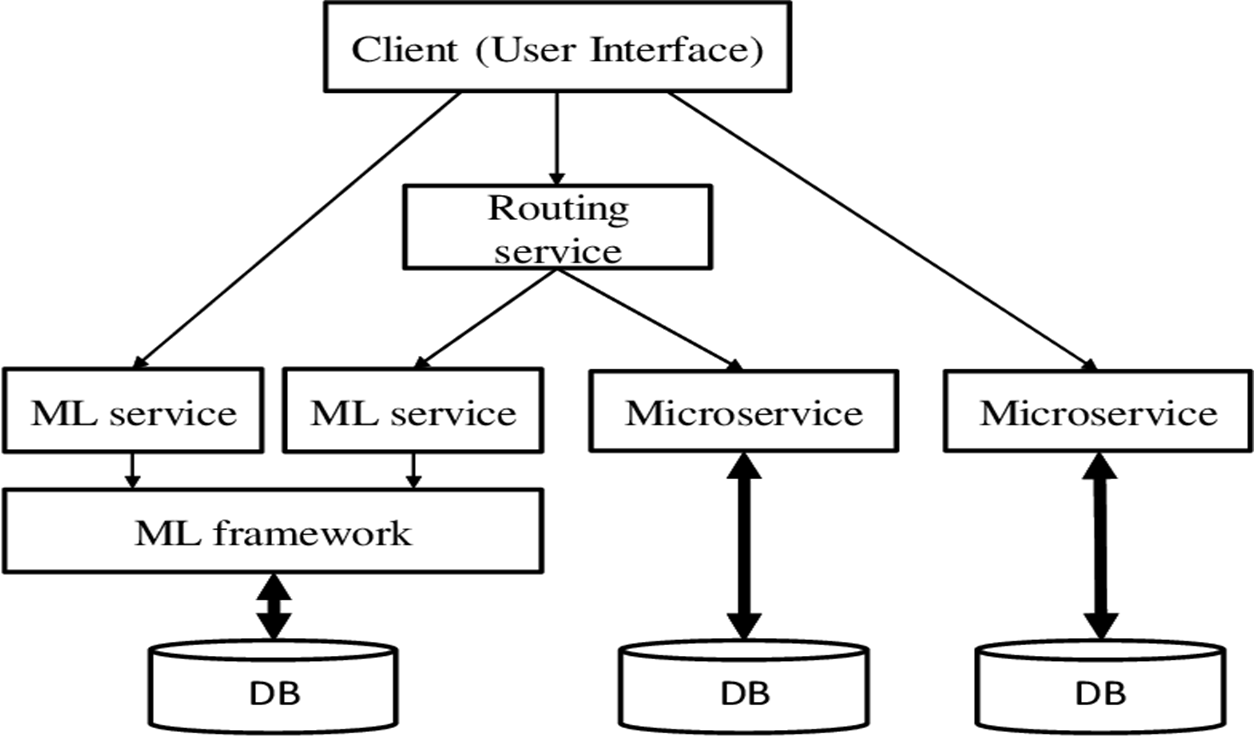Leveraging Artificial Intelligence and Microservices to Transform Human Resource Practices: Challenges and Opportunities
Abstract
This research article explores the intersection of Artificial Intelligence (AI), microservices architecture, and Human Resource (HR) practices. As organizations strive to enhance efficiency, decision-making, and employee experiences, the integration of AI and microservices presents both significant opportunities and challenges. This study examines how these technologies are reshaping various HR functions, from recruitment and onboarding to performance management and employee development. Through a comprehensive analysis of current literature, case studies, and industry trends, we identify key areas of impact, potential benefits, and obstacles to implementation. The research also presents strategies for successful adoption and discusses the ethical considerations surrounding the use of AI in HR. Our findings suggest that while AI and microservices offer transformative potential for HR practices, their effective leveraging requires careful planning, robust data governance, and a human-centric approach to technology integration.

Downloads
Published
How to Cite
Issue
Section
License
Copyright (c) 2021 International Journal of Intelligent Automation and Computing

This work is licensed under a Creative Commons Attribution-NonCommercial 4.0 International License.
